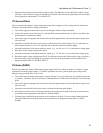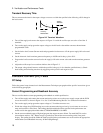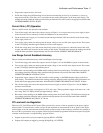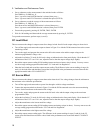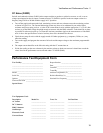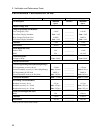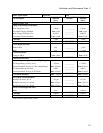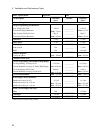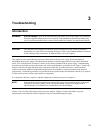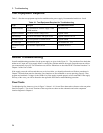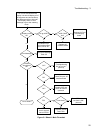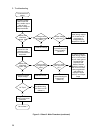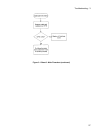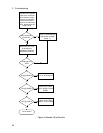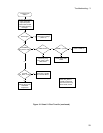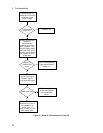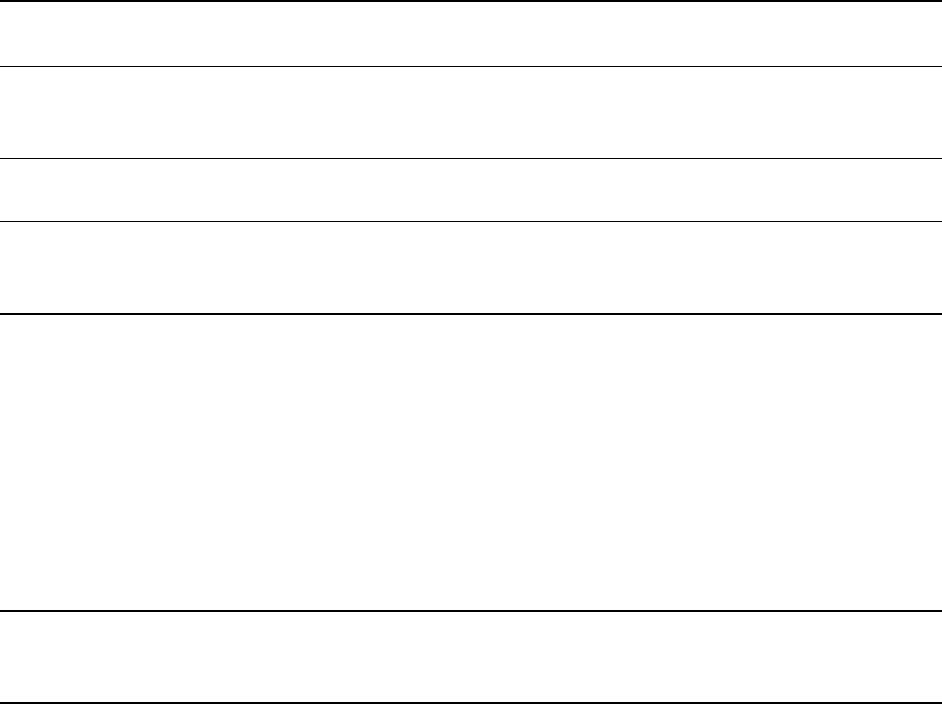
23
3
Troubleshooting
Introduction
WARNING: SHOCK HAZARD. Most of the troubleshooting procedures given in this chapter are performed
with power applied and protective covers removed. Such maintenance should be performed only
by service trained personnel who are aware of the hazards (for example, fire and electrical shock).
CAUTION: This instrument uses components which can either be damaged or suffer serious performance
degradation as a result of ESD (electrostatic discharge). Observe the standard antistatic precautions
to avoid damage to the components. An ESD summary is given in Chapter 1.
This chapter provides troubleshooting and repair information for the dc power supply. Before attempting to
troubleshoot the dc power supply, first check that the problem is with the supply itself and not with an associated
circuit. The verification tests in Chapter 2 enable you to isolate a problem to the dc power supply. Troubleshooting
procedures are provided to isolate a problem to one of the circuit boards or a particular circuit. Figure 3-2 shows the
location of the circuit boards and other major components of the unit. If a problem has been isolated to the A1
Control circuit board, additional troubleshooting procedures are available to isolate the problem to the defective
component(s). Disassembly procedures are provided at the end of this chapter and should be referred to, as required,
in order to gain access to and/or replace defective components.
If a component is defective, replace it and then conduct the verification test given in Chapter 2.
NOTE: Note that when certain components are replaced, the supply must be calibrated (See "Post Repair
Calibration" later in this chapter). If the A2 Interface Board is replaced, the supply must be
initialized before it is calibrated. See "Initialization" later in this chapter.
Chapter 5 lists all of the replaceable parts for the power supplies. Chapter 6 contains schematics, test point
measurements, and component location diagrams to aid you in troubleshooting the supply.



